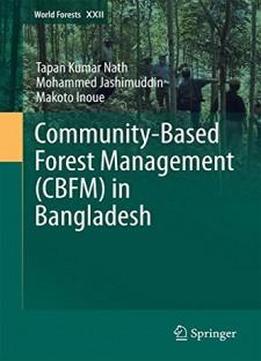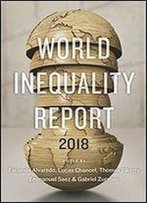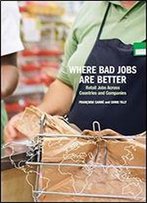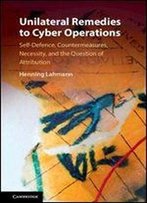
Community-based Forest Management (cbfm) In Bangladesh (world Forests)
by Tapan Kumar Nath /
2016 / English / PDF
4.5 MB Download
The book is immensely beneficial to the readers to have a clear
understanding of various CBFM practices prevailing in Bangladesh.
The book is immensely beneficial to the readers to have a clear
understanding of various CBFM practices prevailing in Bangladesh.
Providing a comprehensive and critical analysis of success
stories concerning several CBFM practices in different forest
areas of Bangladesh, together with their respective strengths and
weaknesses, it identifies sharing authority to take decision by
the community as one of the main weaknesses. The other main
weakness is the lack of beat level authority to coordinate with
community for making the process vibrant. The book determines
that it is the community patrol group which is most effective
under the co-management system, yet the general body and
executive committee of the co-management system are composed of
different stakeholders, each of which is subject to their own
work pressures, and are not as effective as claimed. There is a
need to empower communities living in and around forests, and to
create ownership of the forests so that they can feel that the
forests around them are by the community and for the community.
Providing a comprehensive and critical analysis of success
stories concerning several CBFM practices in different forest
areas of Bangladesh, together with their respective strengths and
weaknesses, it identifies sharing authority to take decision by
the community as one of the main weaknesses. The other main
weakness is the lack of beat level authority to coordinate with
community for making the process vibrant. The book determines
that it is the community patrol group which is most effective
under the co-management system, yet the general body and
executive committee of the co-management system are composed of
different stakeholders, each of which is subject to their own
work pressures, and are not as effective as claimed. There is a
need to empower communities living in and around forests, and to
create ownership of the forests so that they can feel that the
forests around them are by the community and for the community.










